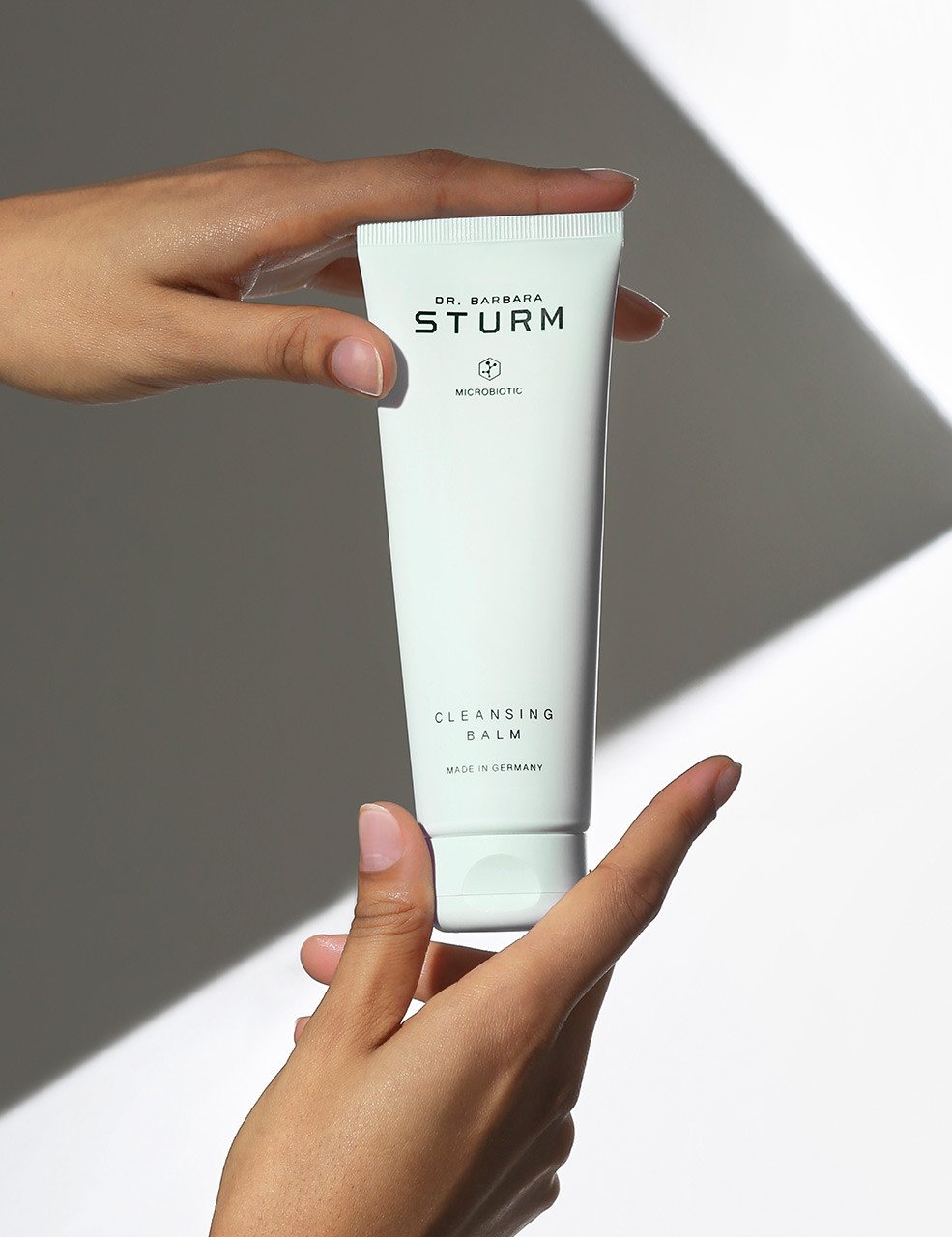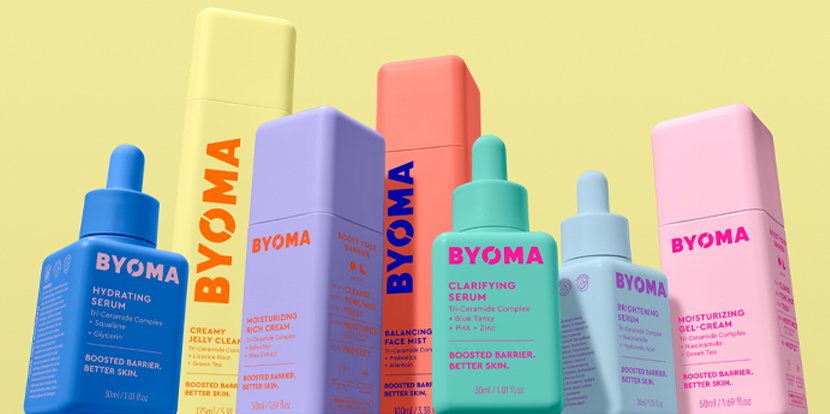Taking care of your underarms and intimate areas is not just about hygiene; it is about feeling confident, comfortable, and pampered. These sensitive parts of your body require special attention to avoid irritation, discomfort, and unpleasant odors. Proper care can also help prevent issues like ingrown hairs, hyperpigmentation, and bacterial infections. In this guide, we’ll cover everything you need to know about maintaining healthy underarm and intimate area skin, along with expert tips to keep these areas smooth and fresh.
Why Proper Care is Important for Underarms and Intimate Areas
Your underarms and intimate areas are more prone to issues like sweat, bacteria, and friction, making them susceptible to irritation and infection. Additionally, these areas often undergo regular hair removal, which can lead to sensitivity, ingrown hairs, and darkening. Proper care helps:
• Maintain a healthy balance of skin bacteria.
• Prevent irritation from shaving, waxing, or other hair removal methods.
• Keep the skin soft, smooth, and free from ingrown hairs.
• Minimize body odor and discomfort.
Essential Underarm Care Tips
1. Daily Cleansing
Cleansing your underarms is crucial for preventing bacteria buildup, which causes unpleasant body odor. Use a gentle cleanser designed for sensitive skin to remove sweat and bacteria without stripping away your skin’s natural oils. Avoid harsh soaps that can dry out or irritate the skin.
2. Exfoliation
Exfoliating your underarms regularly (1-2 times a week) helps remove dead skin cells, reduce the chances of ingrown hairs, and prevent skin discoloration. Opt for a gentle exfoliator containing natural ingredients like sugar or oatmeal to avoid irritation. Chemical exfoliants with alpha-hydroxy acids (AHAs) can also work wonders in keeping the underarm skin smooth and even-toned.
3. Moisturizing
Hydrating your underarm skin is just as important as moisturizing the rest of your body. After showering or shaving, apply a fragrance-free, soothing moisturizer to keep the area soft and prevent irritation. Look for moisturizers that contain aloe vera or vitamin E for extra soothing properties.
4. Choosing the Right Deodorant
The deodorant or antiperspirant you choose plays a vital role in underarm care. Avoid formulas that contain harsh chemicals like aluminum, which can lead to irritation, darkening, and clogged pores. Instead, opt for natural deodorants that contain ingredients like coconut oil, shea butter, and baking soda to neutralize odor and absorb sweat while being gentle on the skin.
5. Hair Removal Best Practices
If you choose to shave, wax, or use any other method of hair removal, ensure you follow best practices to avoid irritation:
• Shaving: Use a sharp razor and apply a moisturizing shaving cream to reduce friction and prevent nicks. Always shave in the direction of hair growth to avoid ingrown hairs.
• Waxing: Exfoliate the area a day before waxing and moisturize afterward to soothe the skin and prevent irritation.
• Laser Hair Removal: Laser hair removal is a longer-lasting option that can reduce hair growth over time. Consult with a professional to ensure it’s done safely and correctly.
Essential Intimate Area Care Tips
1. Gentle Cleansing
The intimate area is highly sensitive, so it’s crucial to use a mild cleanser that maintains the natural pH balance. Avoid using harsh soaps or douches, which can disrupt the natural bacterial flora and lead to infections. Stick to fragrance-free cleansers specifically designed for sensitive areas.
2. Maintaining the Right pH Balance
The intimate area has a slightly acidic pH level to keep harmful bacteria in check. Using products that are too alkaline can disrupt this balance, leading to discomfort and infections like bacterial vaginosis or yeast infections. Always choose products that are labeled as pH-balanced and specifically designed for intimate care.
3. Moisturizing
After showering or shaving, apply a gentle, fragrance-free moisturizer to keep the intimate area hydrated and prevent dryness or irritation. Choose moisturizers that contain calming ingredients like coconut oil or aloe vera to provide nourishment and protect the skin barrier.
4. Safe Hair Removal Methods
When it comes to hair removal in the intimate area, it’s essential to choose a method that suits your skin’s sensitivity. Shaving is a popular choice, but it can lead to ingrown hairs and irritation if not done carefully. Waxing provides longer-lasting results but may cause temporary redness. Consider laser hair removal if you’re looking for a more permanent solution, but ensure it is done by a certified professional to avoid burns or damage to the sensitive skin.
5. Wearing Breathable Fabrics
To keep the intimate area dry and comfortable, it’s essential to wear breathable, moisture-wicking fabrics like cotton. Tight synthetic fabrics can trap heat and moisture, creating an environment for bacteria and yeast to thrive, leading to infections. Choose loose-fitting, cotton underwear to promote air circulation and reduce the risk of irritation or infections.
Preventing Common Issues in Underarm and Intimate Areas
1. Dealing with Ingrown Hairs
Ingrown hairs are common after shaving or waxing, particularly in sensitive areas like the underarms and bikini line. To prevent them, always exfoliate the area regularly and use a sharp razor. Applying an exfoliating serum containing salicylic acid can help keep pores unclogged and prevent ingrown hairs from forming.
2. Preventing Darkening and Hyperpigmentation
Underarm and intimate area skin can darken due to friction, hair removal, and buildup of dead skin cells. To prevent hyperpigmentation, exfoliate regularly, moisturize, and avoid using harsh chemicals like alcohol or aluminum-based deodorants. Look for products with brightening ingredients like niacinamide or licorice extract to even out skin tone.
3. Avoiding Infections
Maintaining hygiene is key to preventing infections in these areas. For the intimate area, avoid using scented products, douching, or wearing tight clothes that can increase moisture and bacterial growth. Always practice safe and proper hygiene after using the bathroom and during menstruation.
For the underarms, make sure to cleanse after sweating or exercising, as sweat and bacteria can lead to infections or unpleasant odors. Keep the skin dry by applying a light dusting of talcum powder or using natural deodorants.
The Importance of Regular Care
Consistent care is vital to keep your underarms and intimate areas healthy. Taking the time to cleanse, exfoliate, and moisturize regularly will not only prevent discomfort but will also keep these areas smooth and irritation-free. Regular maintenance also helps prevent long-term issues like ingrown hairs, darkening, and infections.
Additionally, seeing a dermatologist or healthcare professional for regular check-ups can help you address any ongoing skin concerns, whether it’s excessive sweating, chronic irritation, or skin discoloration.
Final Thoughts
Underarm and intimate area care requires a thoughtful approach with gentle products and mindful grooming techniques. By following the tips mentioned above, you can ensure these sensitive areas remain smooth, fresh, and irritation-free. Whether you’re using natural deodorants, exfoliating regularly, or opting for laser hair removal, the right care routine will make all the difference.
By investing in proper skin care, you not only improve your personal hygiene but also enhance your overall well-being and confidence.
References:
1. American Academy of Dermatology (AAD) – Guide to Proper Skin Care for Sensitive Areas
2. Mayo Clinic – Safe Hair Removal Tips
3. Healthline – How to Care for Sensitive Skin
4. International Hyperhidrosis Society – Underarm Care for Excessive Sweating



